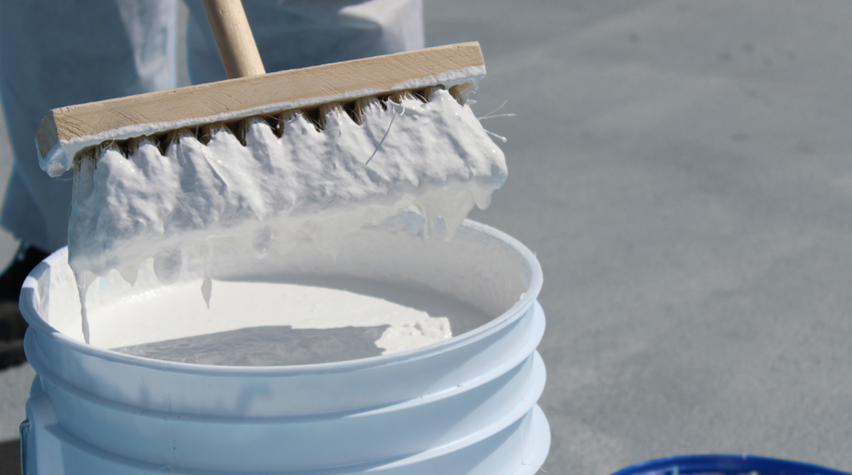
A new formulation for a super-white paint could help building surfaces reflect as much as 98% of incoming heat from the sun, according the materials scientists at UCLA who designed the new paint.
What makes the new paint different
Some rooftops are already painted white to reflect the sun and heat, but the market’s best-performing paints only reflect about 85% of incoming solar radiation. The remaining 15% is absorbed by existing paints since they tend to absorb ultraviolet and violet light. Current paints generally rely on titanium oxide, the compound that many sunscreens use to absorb UV.
To boost performance, the researchers turned to widely available alternative ingredients such as barite, commonly used as an artist's pigment, and polytetrafluoroethylene, better known under the trade name Teflon. Instead of absorbing UV light, both compounds reflect it. In addition, the team also refined their paint’s formulation by reducing the concentration of polymer binders, to further minimize heat absorption.
Putting the paint where it matters
While the advances in paint formulation are impressive, what’s most important is that the paint is used where it can make the greatest difference to reduce energy consumption.
The researchers point to a trend where various local and state governments are already encouraging various kinds of cool-roof technology. This trend is encouraging to them, and they hope that their super-white paint will be used not only to reduce heat absorption in individual buildings but to reduce the heat-island effect of cities. Their vision for the new paint also extends further, where they see it being used strategically and on a massive scale to positively affect climate change in combination with other kinds of technology, and thanks to carefully orchestrated public policy efforts.
To learn more about this work, see their news release as well as their published work in the journal Joule.


